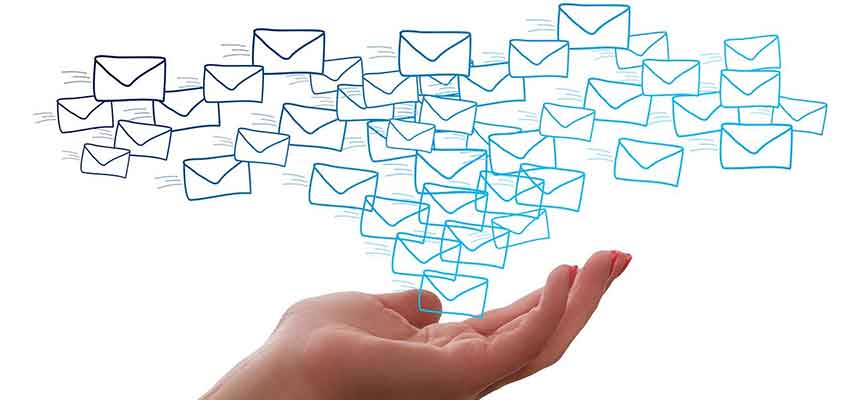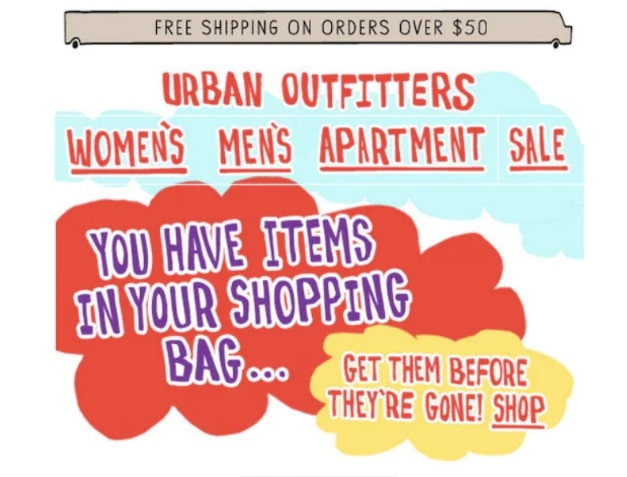Show:
How to Scale Up Your Business with Email Automation
Long-lasting relationships take time. Commit to them and they’ll blossom into meaningful bonds with well-established structures; otherwise, they’ll wither away into nothingness.
Professional relationships are like this, too.
If consumers engage with businesses, they may already have a great relationship with them. If they don’t know who these businesses are, however, they won’t show signs of engagement.
This stage is where email marketing enters the picture. With email marketing, you can send hyper-personalized emails that will help consumers along their customer journey.

To make the most out of your email marketing strategy, learn to automate it.
Don’t know how to get started?
This article will show you the ropes. Here, we’ll discuss tips on how to use email automation to scale up your business.
Understanding Your Goals
Find out what your business wants to achieve with email automation. Setting this goal first lets you focus on your priorities and allocate resources effectively.
Once you have a clear goal in mind, building a targeted email list (and segmenting it accordingly) becomes easy.
For example, link-building is an ambitious and challenging mode of outreach; 4 out of 10 marketers consider link-building outreach the most difficult task of SEO (according to link-building stats). But, while challenging, say you set this as your primary goal because it’s an effective strategy.
The straightforward solution? Automate parts of the link-building process to make operations go faster.
Other than building links, here are some potential goals for email automation:
- Improve customer engagement – Improve the customer experience and strengthen relationships.
- Follow up on cart abandonment – Remind customers of their forgotten items and incentivize them to complete their purchases.
- Distribute customer surveys – Send out surveys to a large number of customers while also providing a convenient way for customers to respond.
- Show product recommendations – Use data and algorithms to analyze customer behavior and preferences. Then, use this data as the basis for targeted product recommendations.
Setting Up Your Email Automation Workflow
Active goal setting helps you focus on what matters, measure success, and optimize your strategies. Without clear goals, you risk wasting time and resources on ineffective tactics.
Take the time to identify your objectives and align your email automation strategies to achieve them.
Here are three ways to set up your email automation workflow:
- Choose the right platform – Look for an email automation platform that’s scalable, customizable, and offers the necessary features to design, automate, and measure campaign success. This method helps you meet specific needs and business goals.
- Collect emails – Attract highly targeted leads to become subscribers to your list and into your automation workflow. To incentivize them to join, create a lead magnet that answers a specific pain point they’re experiencing. They can only get exclusive content if they sign up for your email list.
- Create email templates – Ensure consistency and efficiency. Templates provide a blueprint for campaigns, allowing for quick, professional-looking emails and easier testing and reuse.
- Set triggers and conditions for email sending – Automate personalized and relevant communications. Notably, auto-send emails associated with specific actions.
To show you how email automation works, here are automated email examples:
Welcome Email
Lyft, a provider of ride-hailing and mobility services, auto-sends a welcome email to new subscribers. Its goal is straightforward: welcome them to the ‘Lyft’ family.

Abandoned Cart Email
When a customer adds items to their online shopping cart but doesn’t complete the purchase, Urban Outfitters, a lifestyle retailer that sells clothing and furniture, uses this as a trigger to send an abandoned cart email. Its goal is to recover sales and remind people of the items they want.

Product Recommendations Email
Beauty Bay, a company that sells cruelty-free makeup and skincare products, sends an automated product recommendations email. It uses a customer’s browsing and purchasing history as the basis for the recommendations.
Maximizing the Impact of Your Email Automation
To make the most of email automation, craft irresistible emails. Use personalization, segmentation, lead generation, and testing strategies.
This approach prevents the recipients from setting aside your automated emails. You can also walk in confidence that the content will resonate with them.
When writing your emails, keep in mind the following tips to make the most out of your automated campaign:
- Personalize emails — Use customer data like name, location, purchase history, and preferences to make your emails stand out. This approach allows you to personalize your emails by adding relevant data for specific customers.
- Optimize subject lines — Streamline your email’s content, too. And aim for higher open rates.
- Measure and analyze the success of email campaigns — Track relevant metrics. For example, if your goal is entrepreneurship mentorship and you automated the outreach process to find potential mentors, you will want to track metrics like how your skills improved, and how the opportunities grew over time.
Best Practices for Email Automation
Below are some essential best practices you need to know before you create marketing campaigns using email:
- Use a clear call-to-action (CTA) — It motivates the recipient to take a specific action—like clicking a link or purchasing. To increase the chances of the recipient following through with your desired action, use active language and create a sense of urgency. Place your CTA in a prominent position in your email.
- Find the right timing — Coincide with a specific event like a customer’s birthday or the launch of a new product to increase the emails’ relevance and impact. Learn the best time of day to reach your target customers or the frequency they prefer to receive emails.
- Comply with regulations — Follow regulations like the Controlling the Assault of Non-Solicited Pornography And Marketing (CAN-SPAM) Act and General Data Protection Regulation (GDPR)—they set guidelines for sending commercial emails and protecting consumer privacy.
- Clean and update your list — Remove inactive subscribers, update contact information, and manage bounced or invalid emails. This method improves deliverability and ensures your messages reach your intended targets.
Conclusion
Email marketing is a profitable channel.
So why not use email automation to maximize the potential of your email marketing campaign?
First, clarify your objectives and develop a winning strategy. Then, select the best email automation platform to bring your ideas to fruition.
Design dynamic and captivating email templates to engage your audience, and set appropriate triggers and conditions that align with your business goals.
To take it up a notch, foster stronger relationships, be mindful of timing, and comply with industry regulations. Then, wrap it up with a clean and updated email list.
Incorporate these key elements, and you’ll be ready to take on the email automation world. You can also look forward to substantial business growth!

 Return to Previous Page
Return to Previous Page








